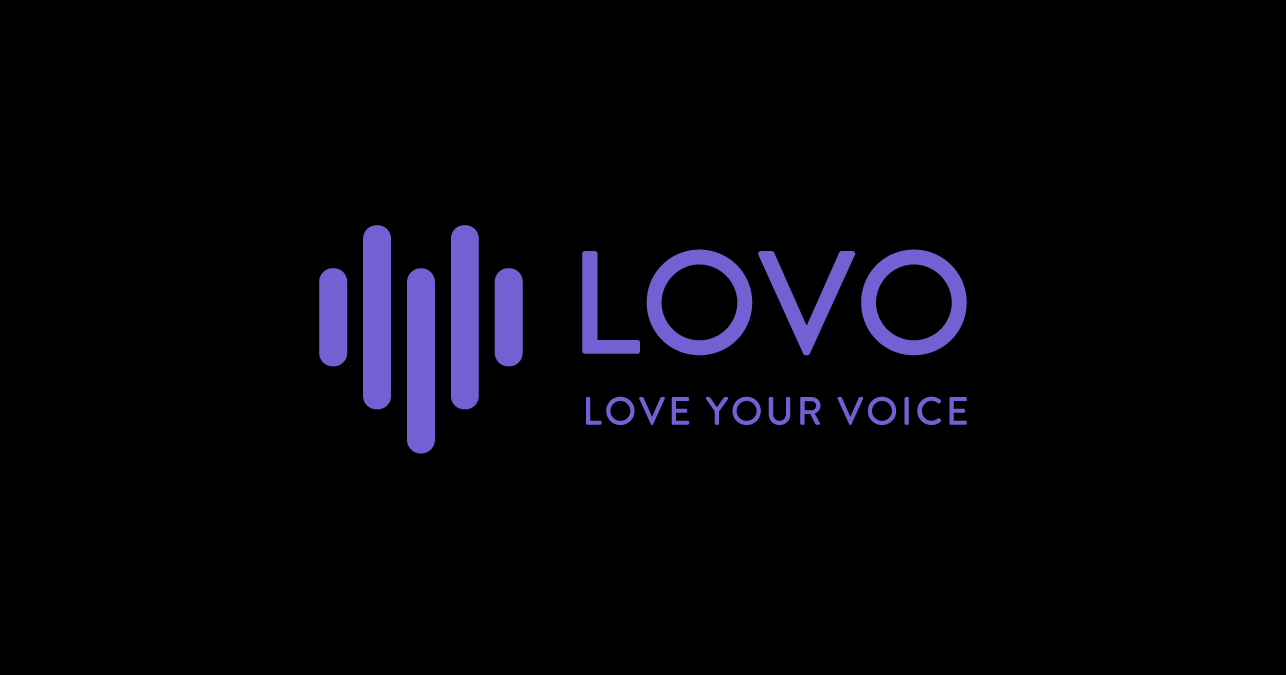Content creation has seen rapid growth over the years, with YouTube as the go-to platform. Recently, a new platform called Rumble has gained traction for allowing uncensored content. Due to its unique guidelines, users weigh the difference between Rumble vs. YouTube.
In this article, we will explore how Rumble is different from other platforms. We will also identify the main features that make Rumble better than YouTube.
How is Rumble different from YouTube?
Rumble has lesser content regulations compared to YouTube and prioritizes small Creators. It allows controversial and somewhat offensive content that other platforms prohibit. Meanwhile, YouTube has strict community guidelines and has been known to ban Creators they deem as inappropriate for their platform.
Controversial Content
Rumble is known for allowing controversial content on its platform. After facing bans on YouTube, creators have found a new home on Rumble.
One of the famous personalities who shifted to Rumble is Andrew Tate, known for his controversial content. In 2022, YouTube banned Tate from its platform for allegedly violating its policies.
Another banned creator on YouTube was Steve Will Do It. He had over a million subscribers on YouTube and was famous for his somewhat ‘R-rated Mr. Beast-style videos. YouTube permanently banned him without warnings or strikes for accidentally showing the logo of a gambling site during a live stream on his second channel.
Rumble is a better option for those seeking censorship-free online streaming platforms. In contrast, YouTube has faced criticism for its strict content moderation policies. YouTube Community Guidelines are against misinformation, violence, regulated goods, and sensitive topics. Meanwhile, Rumble's approach to content control is more open and promotes free speech.
Distribution
Rumble provides four options for content distribution. First, the Video Management license distributes your video across various platforms, including YouTube. Second, Video Management (excluding YouTube) distributes the content to all sites except YouTube. Third, the Rumble Player license means your video is exclusive to its platform alone. Lastly, the Personal Use option is not valid for monetization.
Meanwhile, YouTube allows you to keep your video. Nonetheless, it requires you to grant them certain rights. By signing up for terms and conditions, YouTube has a license to redistribute content. You also give others the right to use your content for reproduction.
Monetization
Rumble offers a slightly better monetization rate and options than YouTube. Compared to YouTube's 55%, Rumble pays 60% of the earnings for Video Management licenses. Also, it will pay you 90% of the YouTube revenue if you choose the Video Management option. This means Rumble provides more benefits and flexibility in earning revenue.
On monetization and censorship, Rumble is offering a higher rate than YouTube. However, their distribution is not as large or far-reaching as YouTube.
In conclusion
Rumble and YouTube are two different platforms catering to different content creators. Rumble offers higher compensation but less distribution. It also allows content that is not allowed on YouTube due to its lesser censorship. Meanwhile, YouTube has strict guidelines with slightly lower compensation.
In episode 17 of Good Morning Marketers, we shared our takes on Rumble vs. YouTube. Check out the video below and learn more about why Rumble is a better option.
Clips from Good Morning Marketers Episode 17
- Mark Zuckerberg's Rebranding Efforts
- The Future of Facebook According to Mark Zuckerberg
- Mark Zuckerberg Disagrees with Joe Rogan
- Facebook Goes ALL IN On Creators
- Apple's 'App Tracking Transparency' Cost Facebook $10 Billion
- How to Sponsors Small YouTube Channels
- Mark Zuckerberg Interview with Joe Rogan
- Facebook Is NOT A Monopoly. Here’s Why
- Should Free Speech Be Allowed On Social Media?
- Creator Studio Is NOT Working (cc: Mark Zuckerberg)
- Why Is Facebook Ads So Complicated? Srsly 🦉
- According to TikTok: Most Accounts & Engagement on TikTok is Fake or Spam

Gallen Ray Canillo
A versatile writer with tenured experience in journalism, content, and creative writing. I write streamlined content that boosts audience reach and conversion rate.








Related Posts
Understand Social Media Automation from A to Z
Sep 27, 2023
Beyond Words: Visual Storytelling Examples to Boost Your Digital Marketing
Sep 20, 2023
How To Become A YouTuber In 2023
Jun 05, 2023